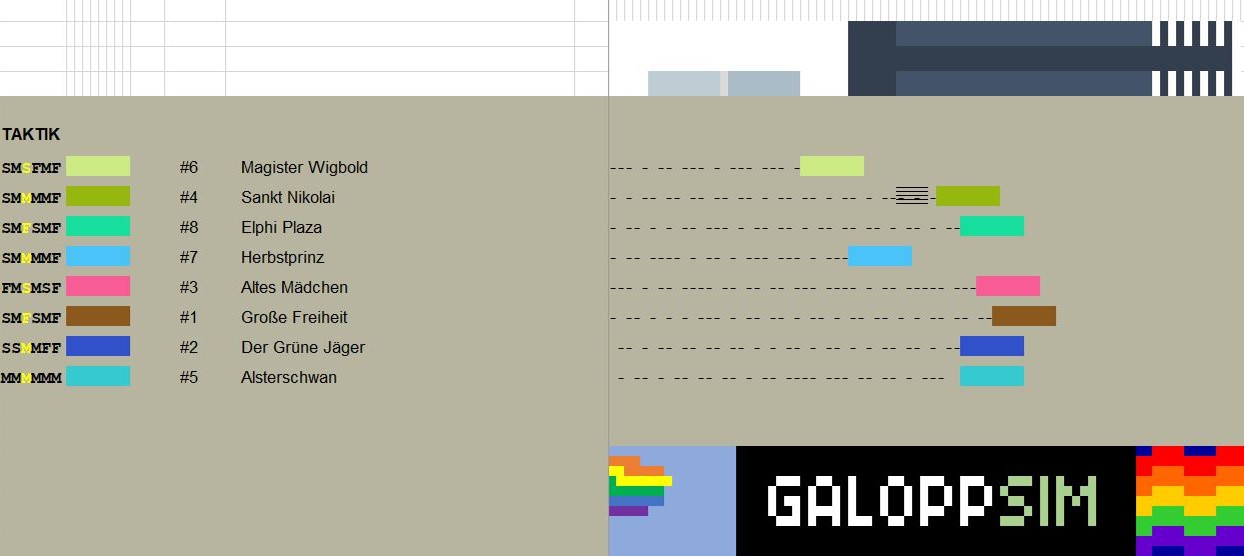Spectators (i) often think that racehorses just start running without a plan. This is by no means the case, because behind every meter there is a tactic geared towards races and opponents, and what often looks like a wild ride usually follows an individually defined race schedule. Connoisseurs can easily see the tactics used on the course with the naked eye.
The Matjes Institute has set itself the goal – just in time for the semi-finals for the Grand Matjes Prize 2020 – to also give occasional viewers a look under the racing saddle and explains 10 popular racing tactics with origin, opportunities and use.
The Southern British Waverider Tactics
was developed on the Horn of England near Cornwall and is one of the classics on the racetrack. The slow start is characteristic with a sharp increase in speed in the second half and a short breather at a high level shortly before the finish sprint.
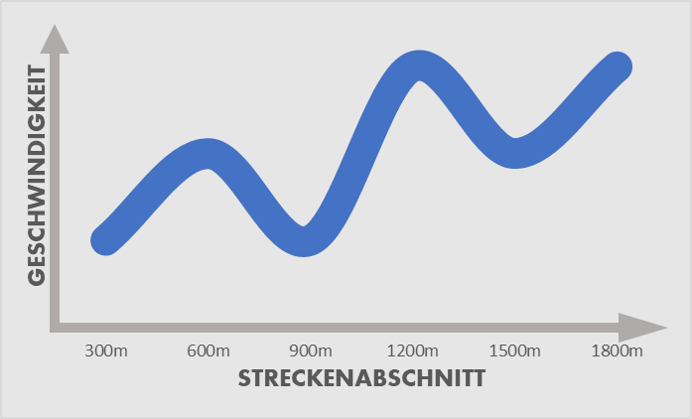
The Spring Tide Tactics
from the area around Cuxhaven is indicated by a small wave, then withdraws again briefly, in order to finally break down over the opponents inexorably.
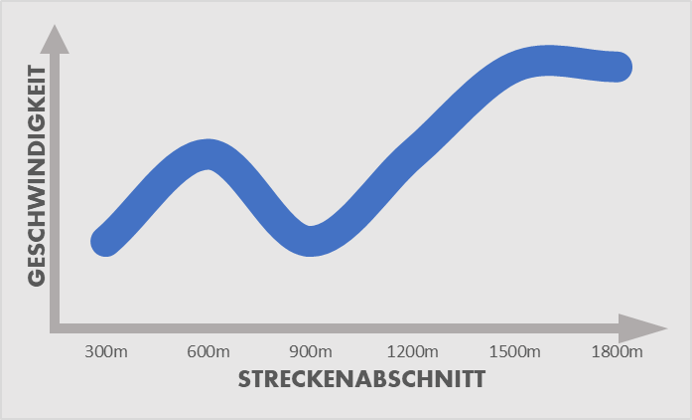
The Hamburg Tidal Range
is a tactic that is much calmer. It is particularly suitable for beginners and is more aimed at a place in the moderate midfield.
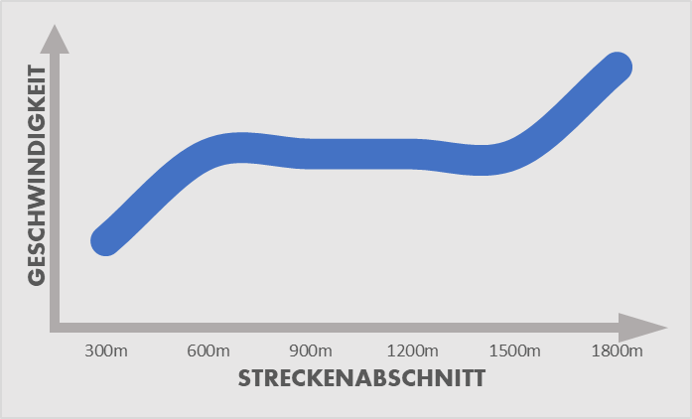
The Speed Increase Run
is a popular and also feared tactic. It comes from the eighties of the last century. However, you will hardly be able to surprise an opponent with this tactic today.
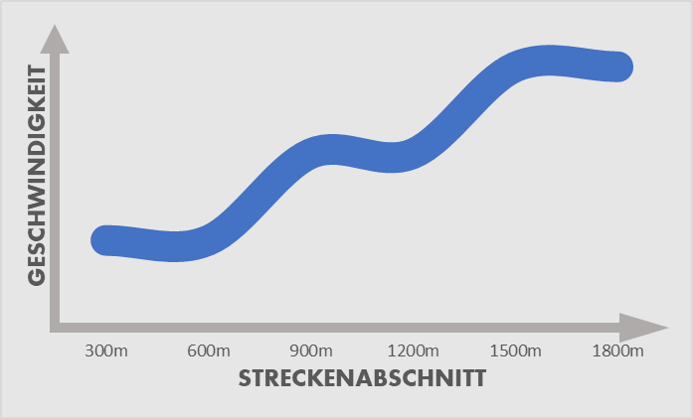
The Simple Follower Tactics
is rather not a tactic and boring. For shy horses who do not like to hear their name on the speakers and want to run an inconspicuous race, this race division can be an option.
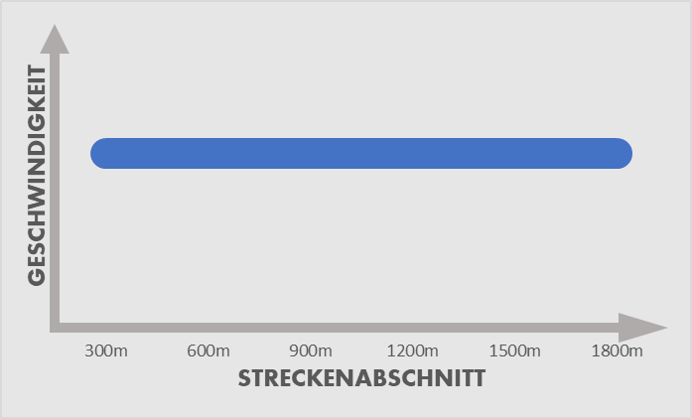
The Mountain Tactics
peaks right in the middle of the race. The ascent and descent are quite arduous. Victories can hardly be won with this tactic.
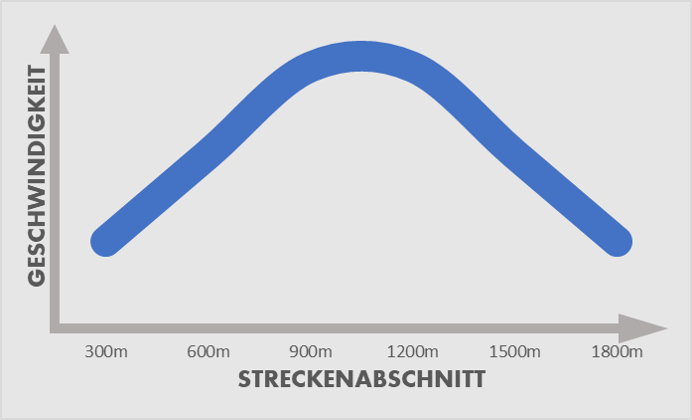
The Valley Tactics
Where there is a mountain tactic, there is also a valley tactic. This is what the saying goes. The charm comes from the momentum at the start of the race and towards the end. With a little luck, the enemies’ slipstream can be searched and found around the middle of the distance.
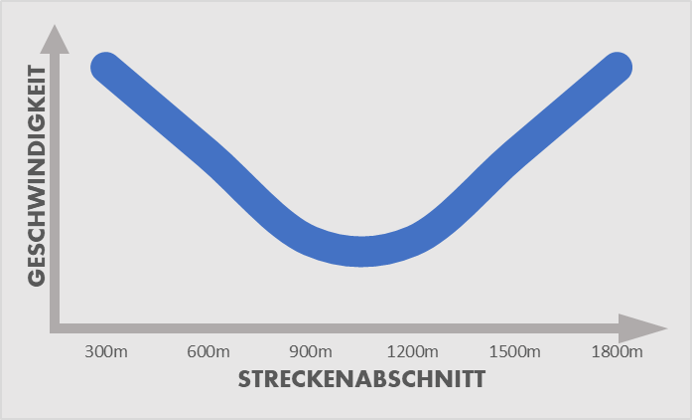

The Refugee Tactics
is used exclusively for escape and runaways. If you don’t like to give up your slipstream, you’re on the safe side here. Experience has shown that the escaped distance usually does not last until the goal is reached.
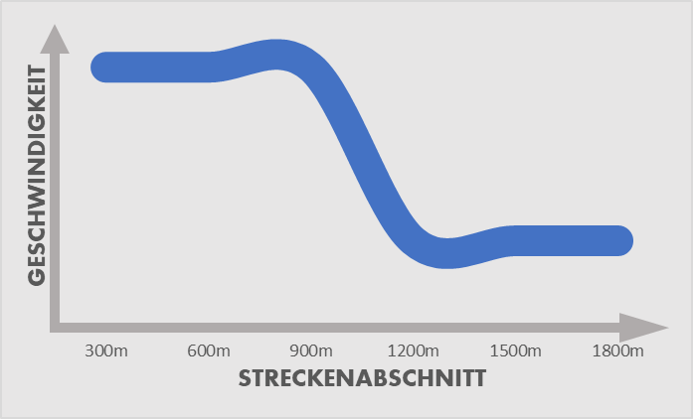
The Snapshot Tactics
is the first choice for confident horses with a penchant for arrogance. The audience is offered a mad chase and the commentator usually flips out of the box. This shape of tactics was named by Snapshot III, who first showed it in the United States in 1948.
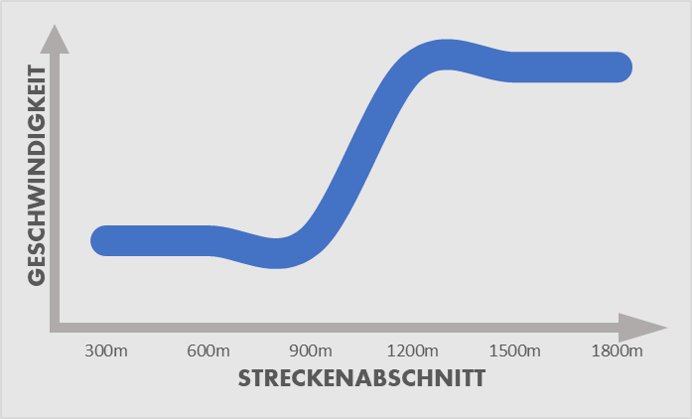
The Sinus Wave Tactics
unsettles opponents as well as betters, from the first to the last meter. The wave racing form, also technically known as high-frequency tactics, allows the pulse to quickly reach 380. If you like, you can also hit a cosine hook and stretch the nostrils past the competition to the finish on the target tangent.
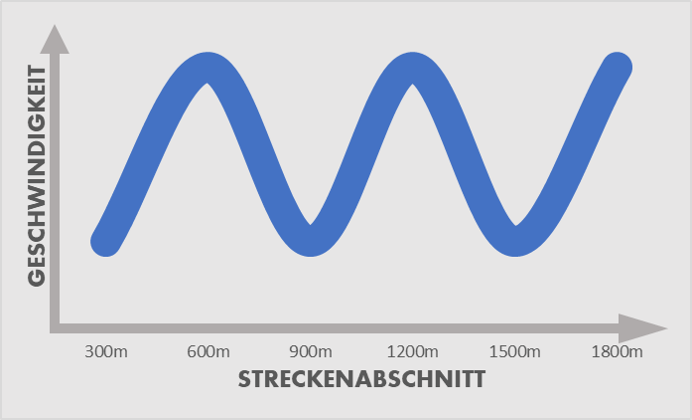
Racing tactics in theory and practice
Even the most ingenious tactics does not guarantee success if, for example, the opponents do not play along, it is used on the wrong track or the horse is out of shape on race day.
The tactics are often not evident in the race, but during training, each horse’s tactics can be visualized in real time using the TRO Tactics Revelation Option developed at MIG. Since version 150.50, the TRO has been part of the standard scope of delivery of the GaloppSim Horse Racing Simulator and is available for free download to every racing team owner.
